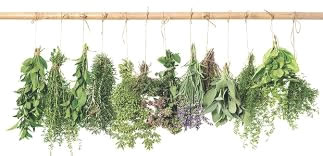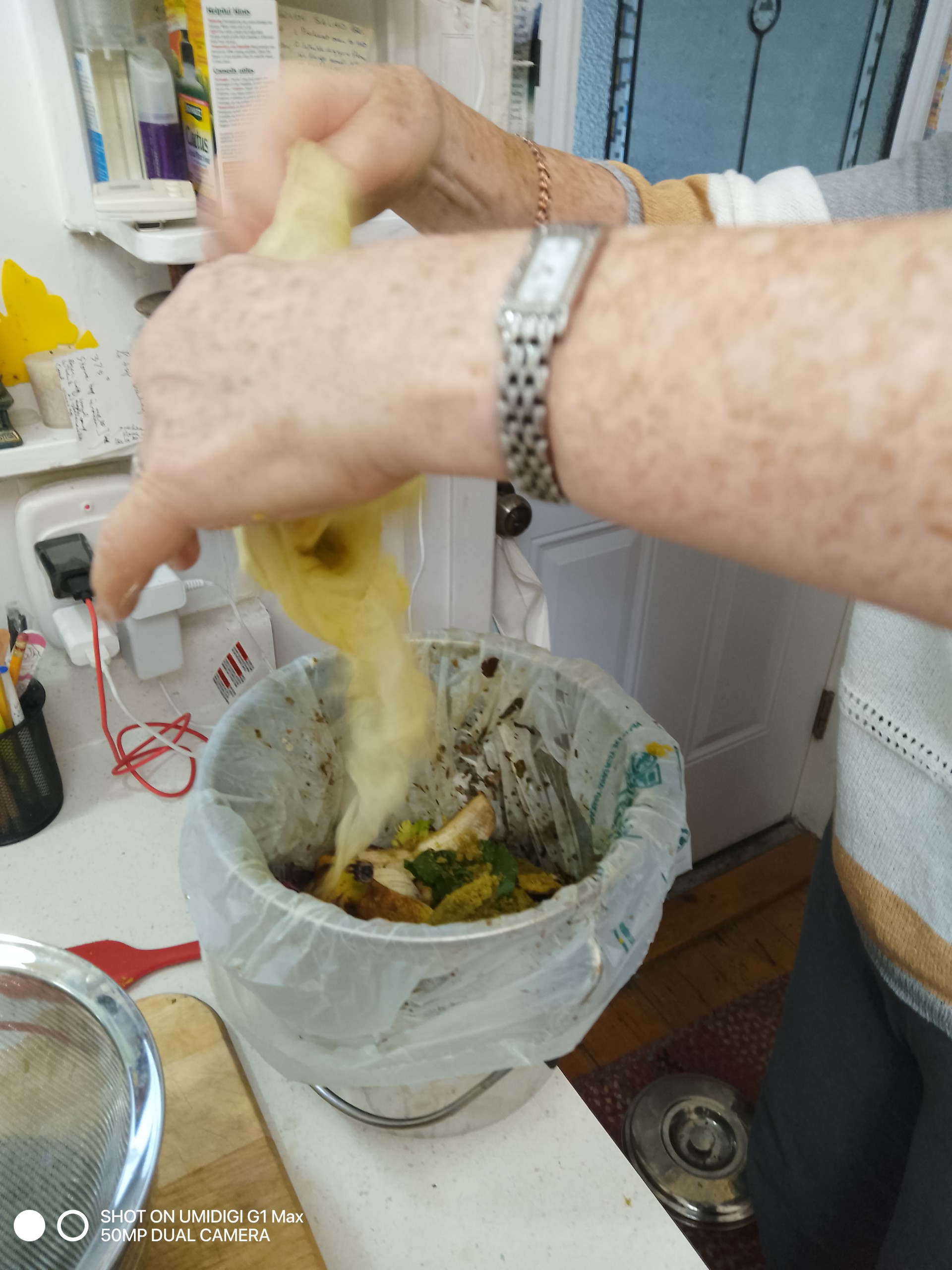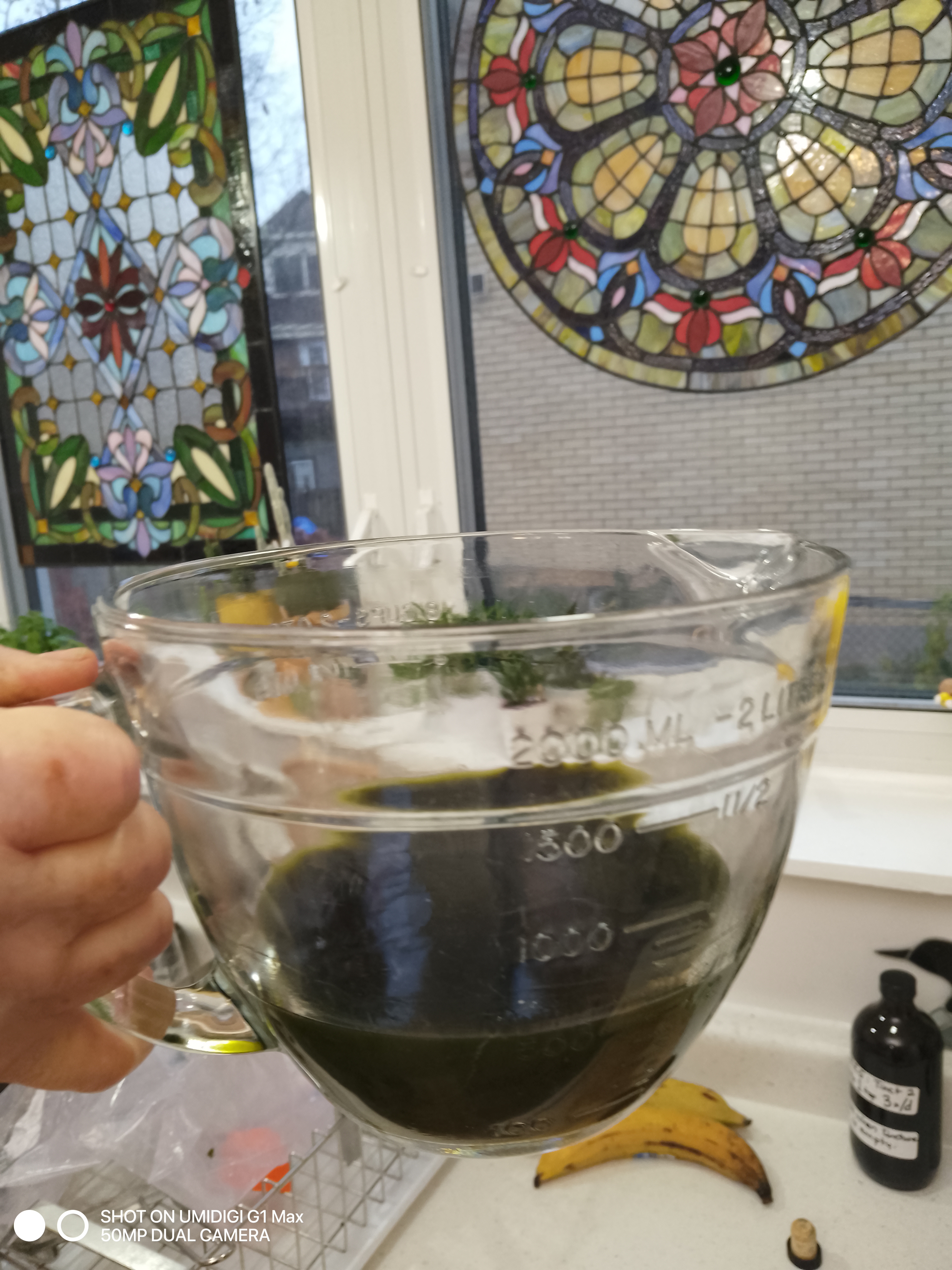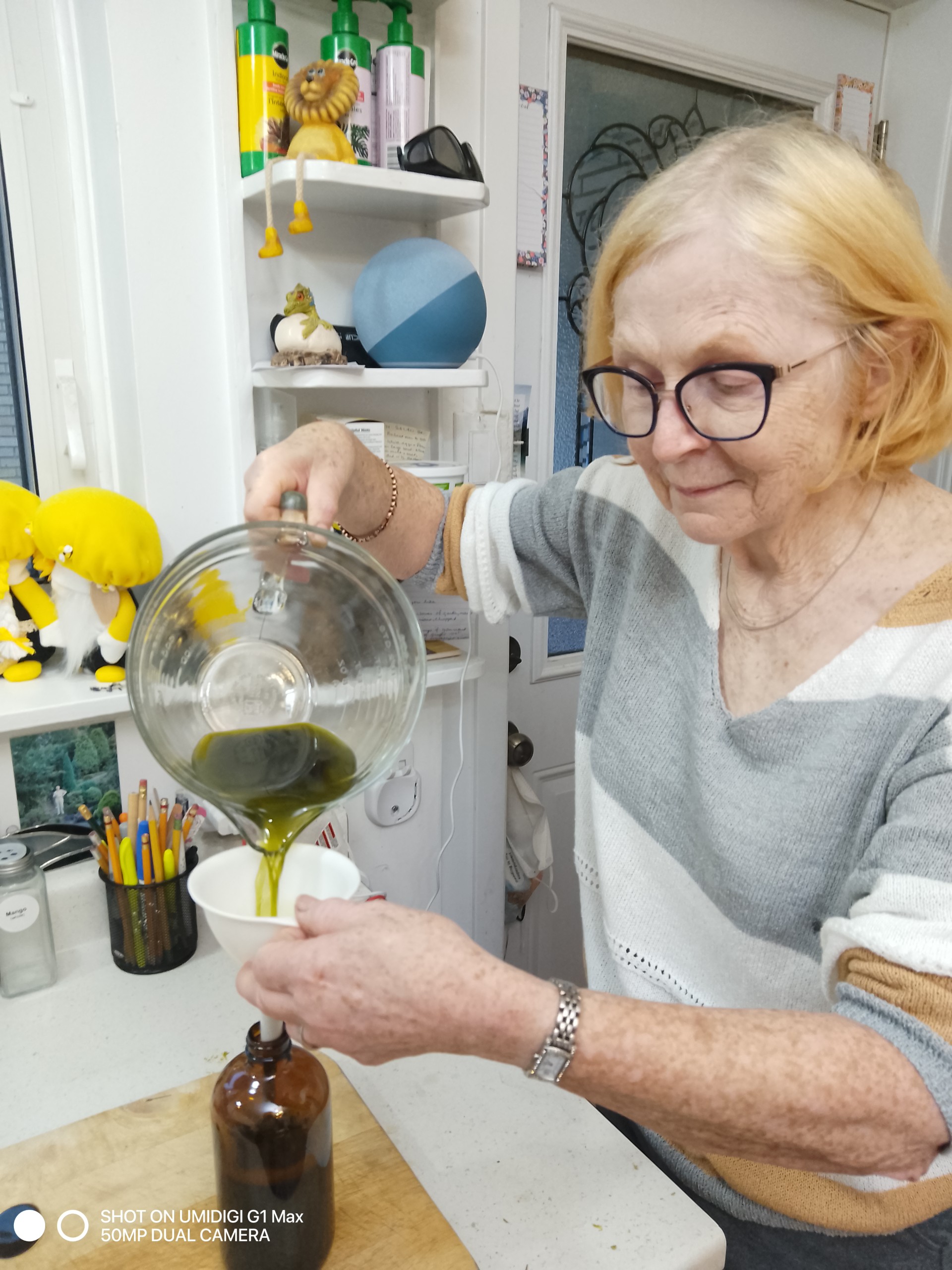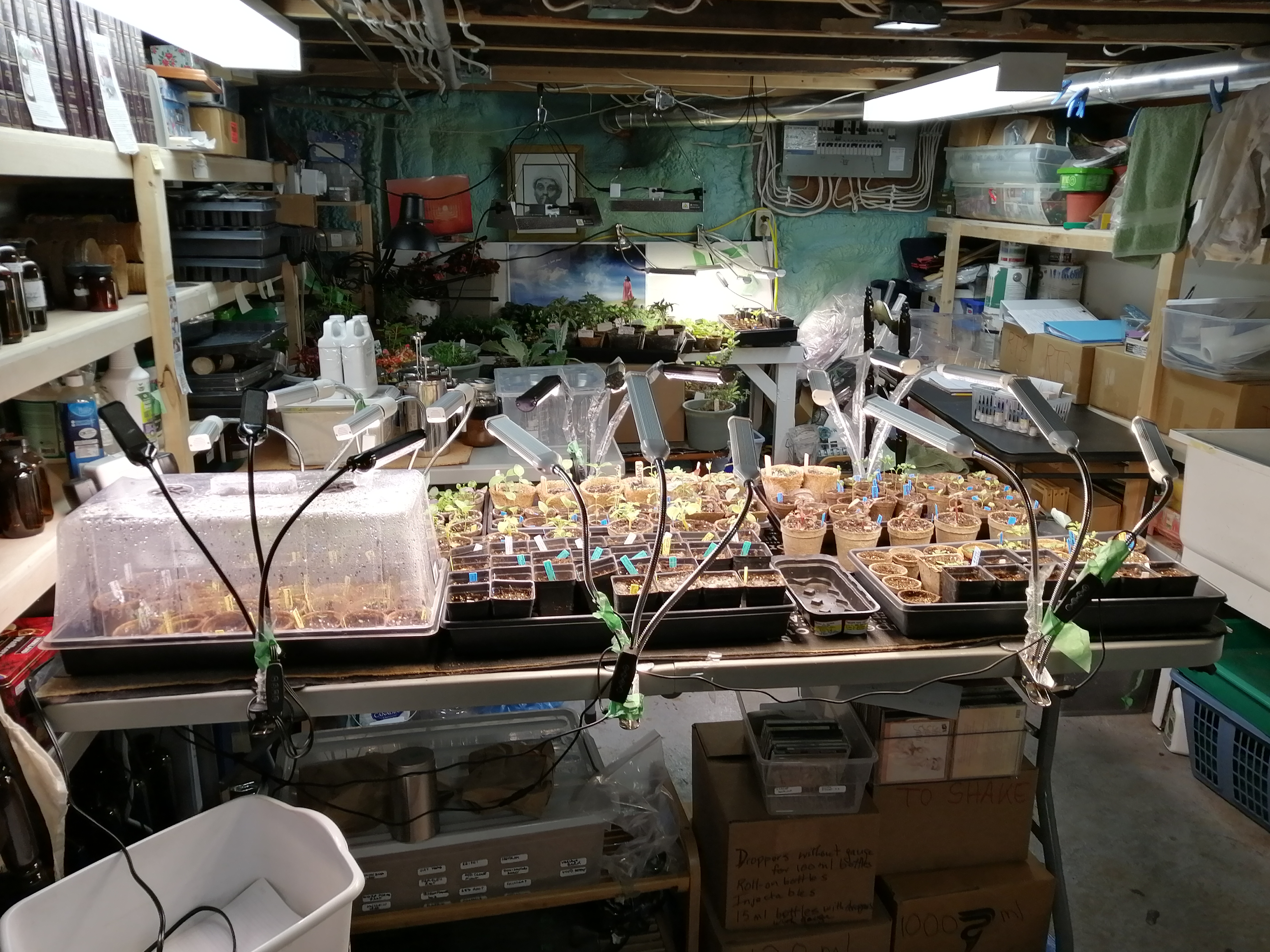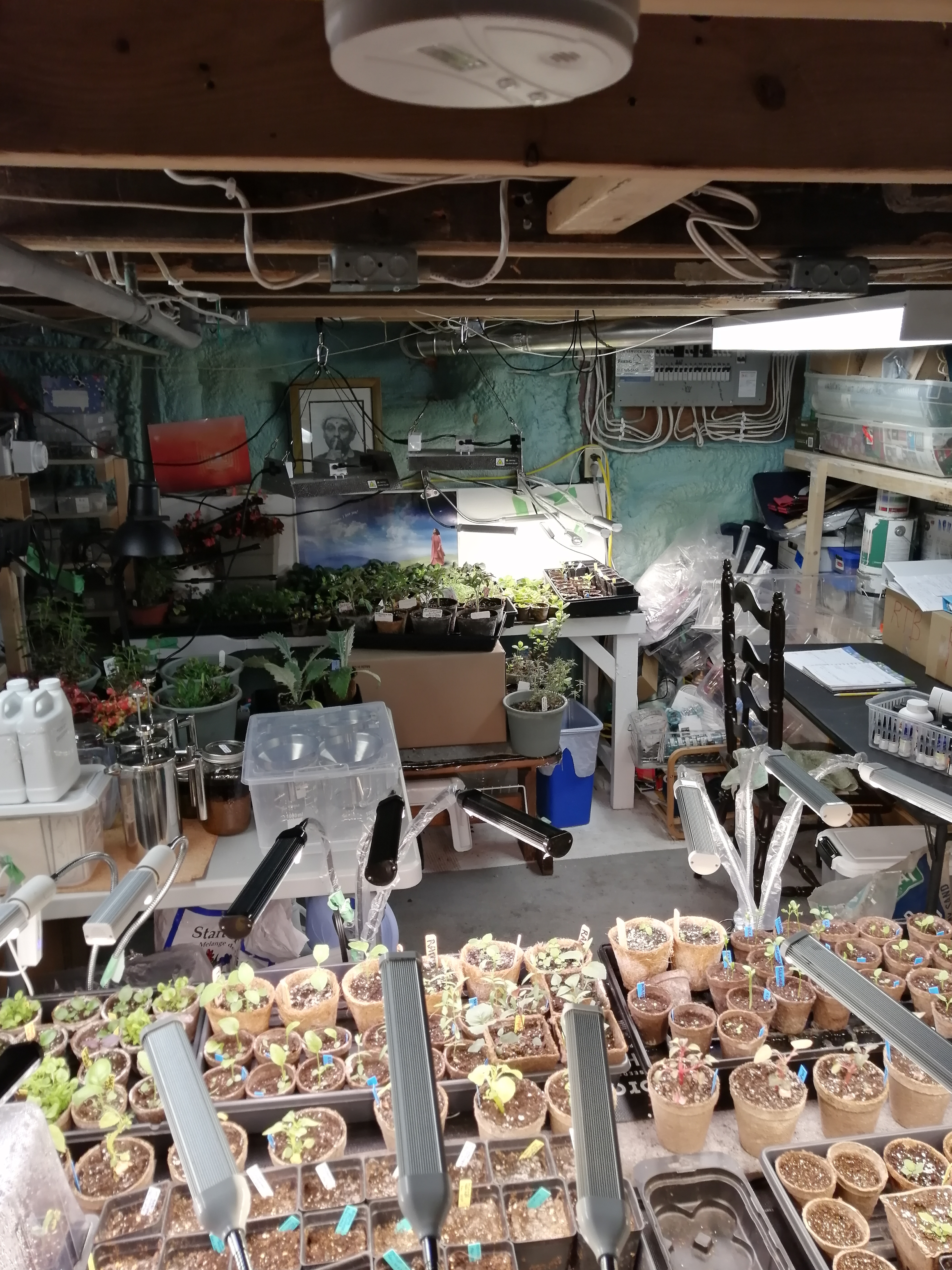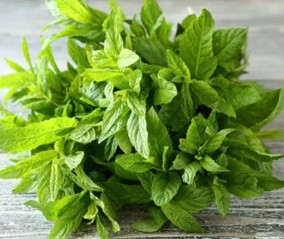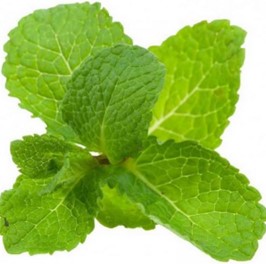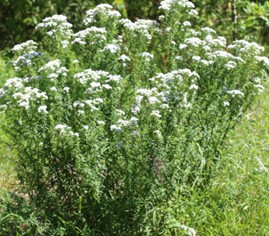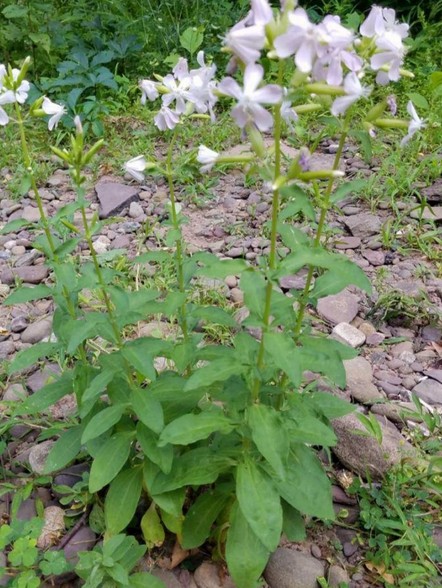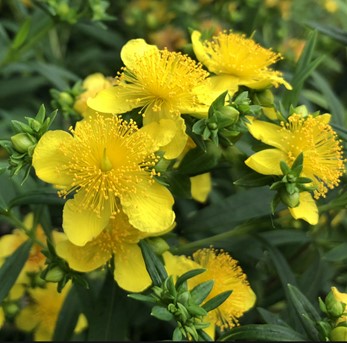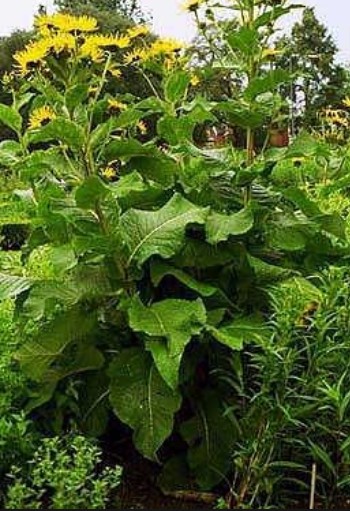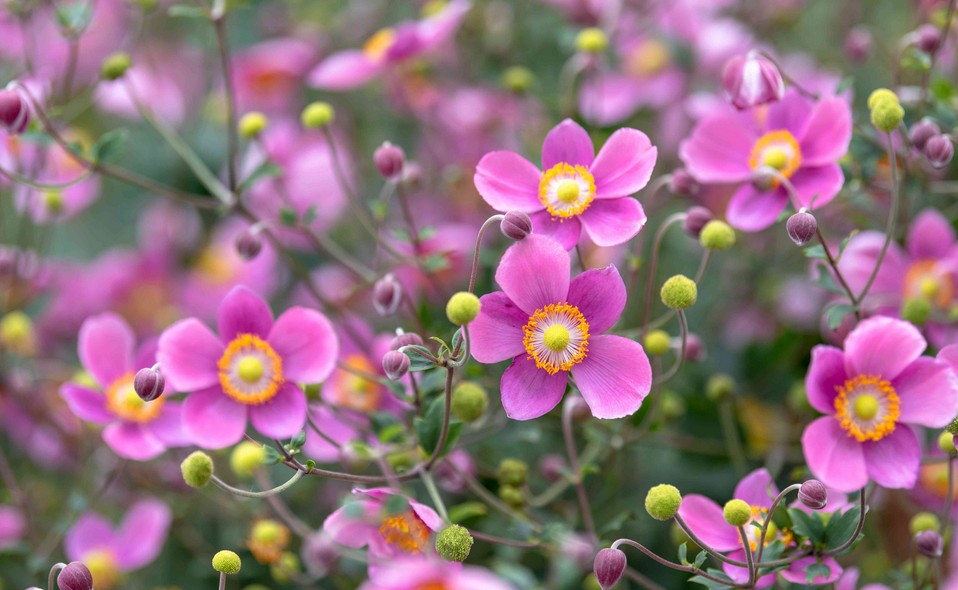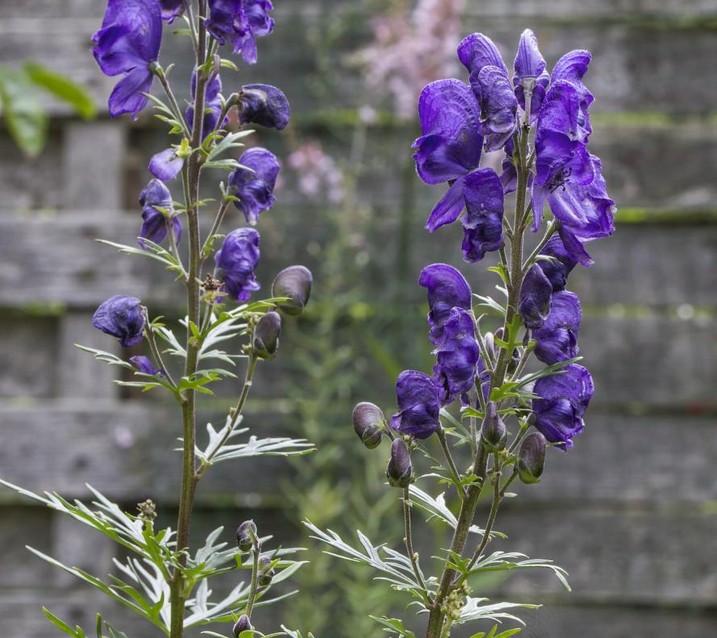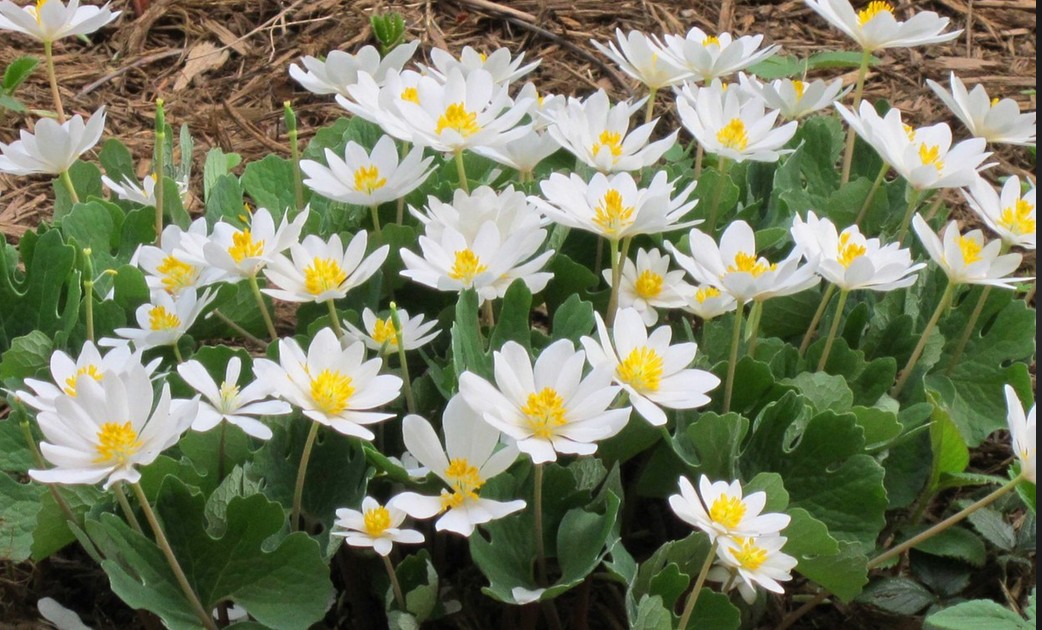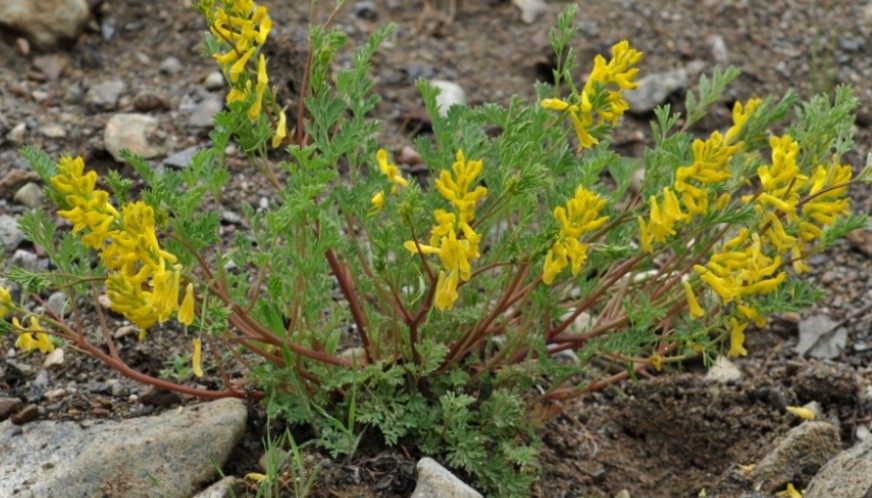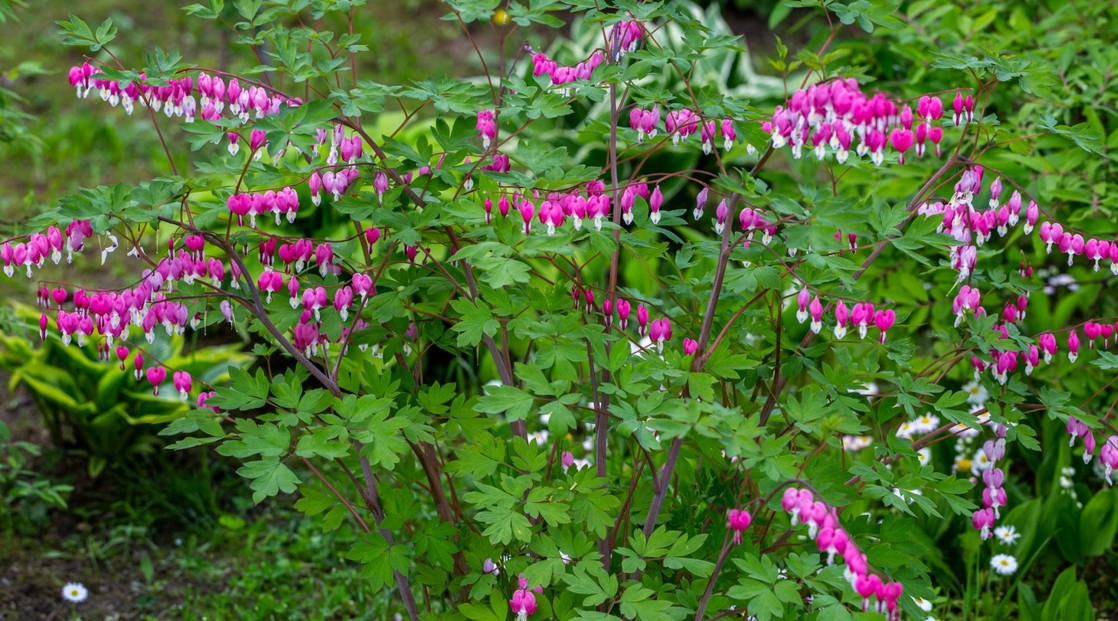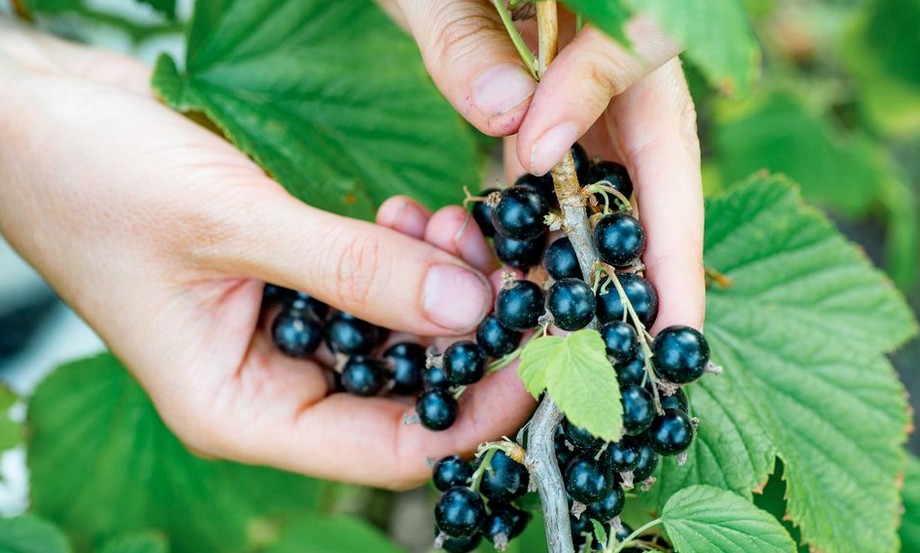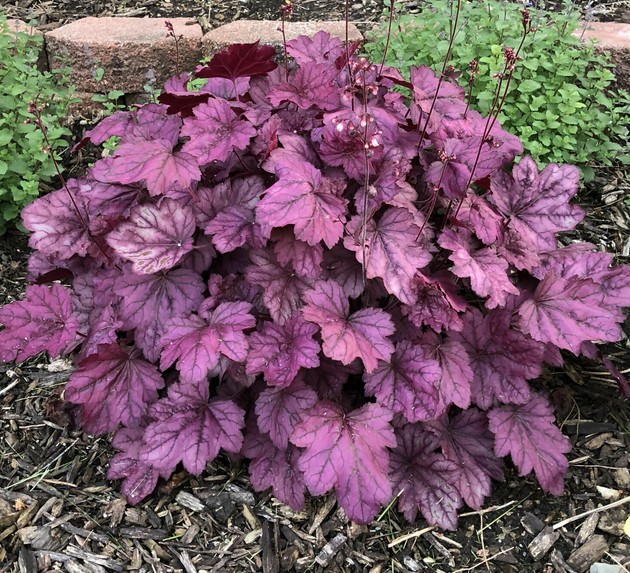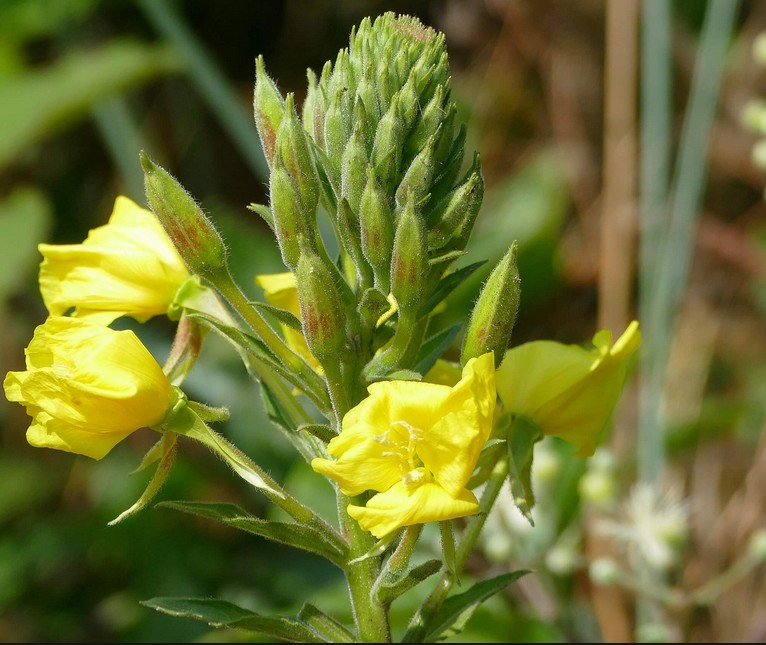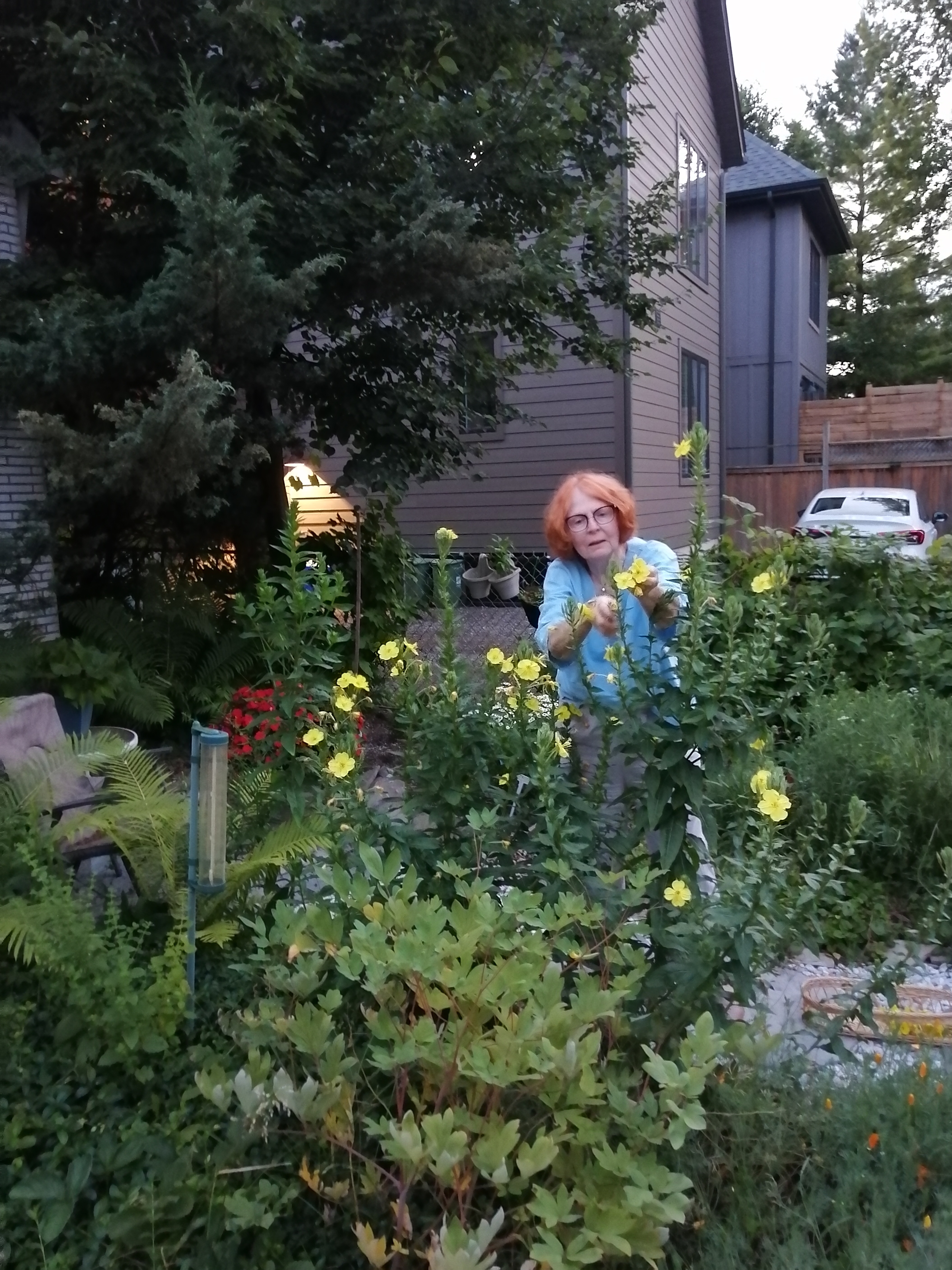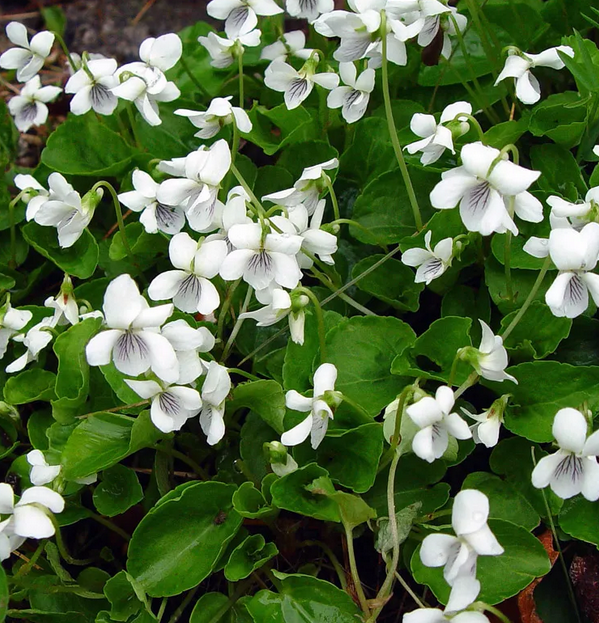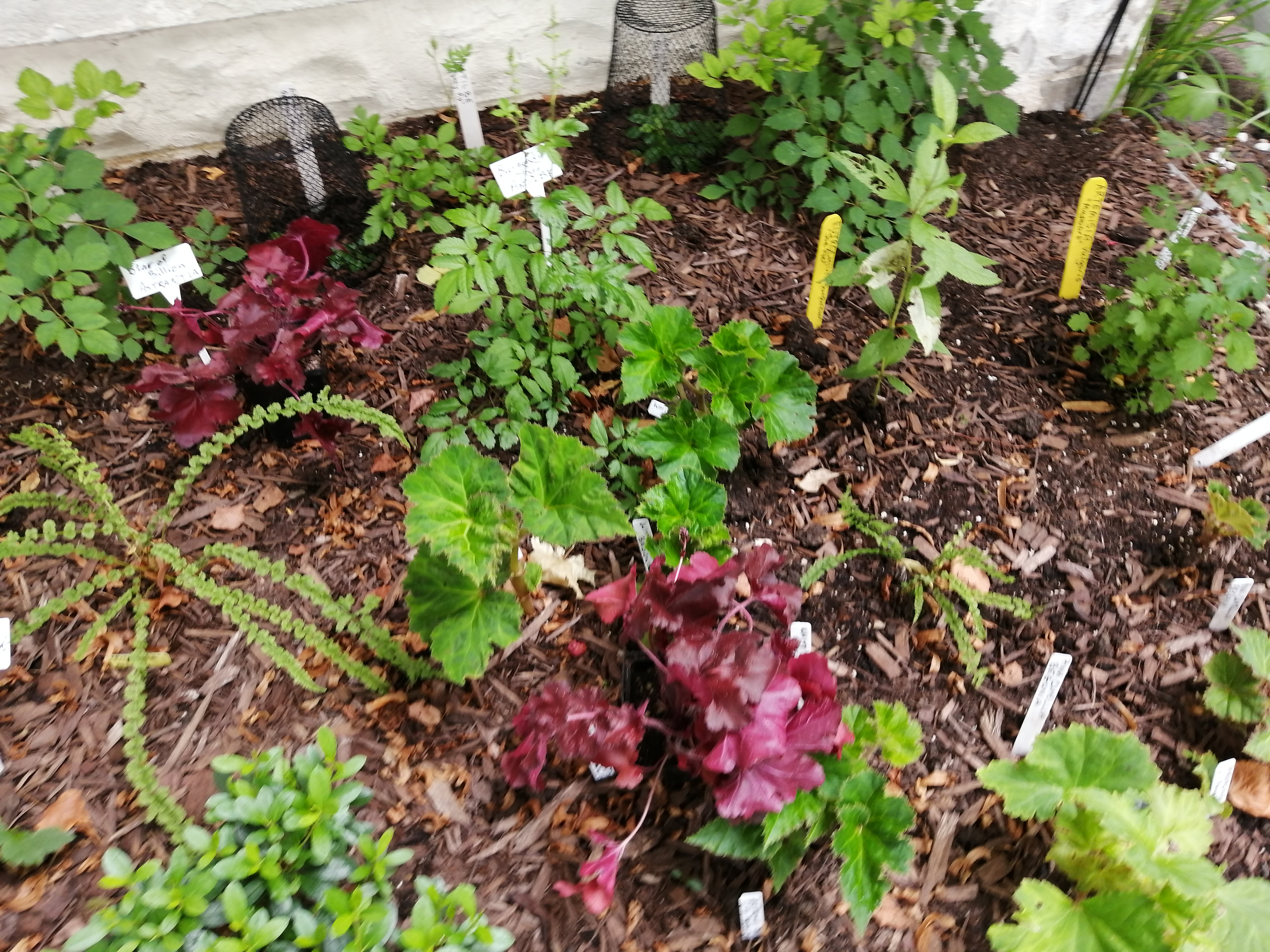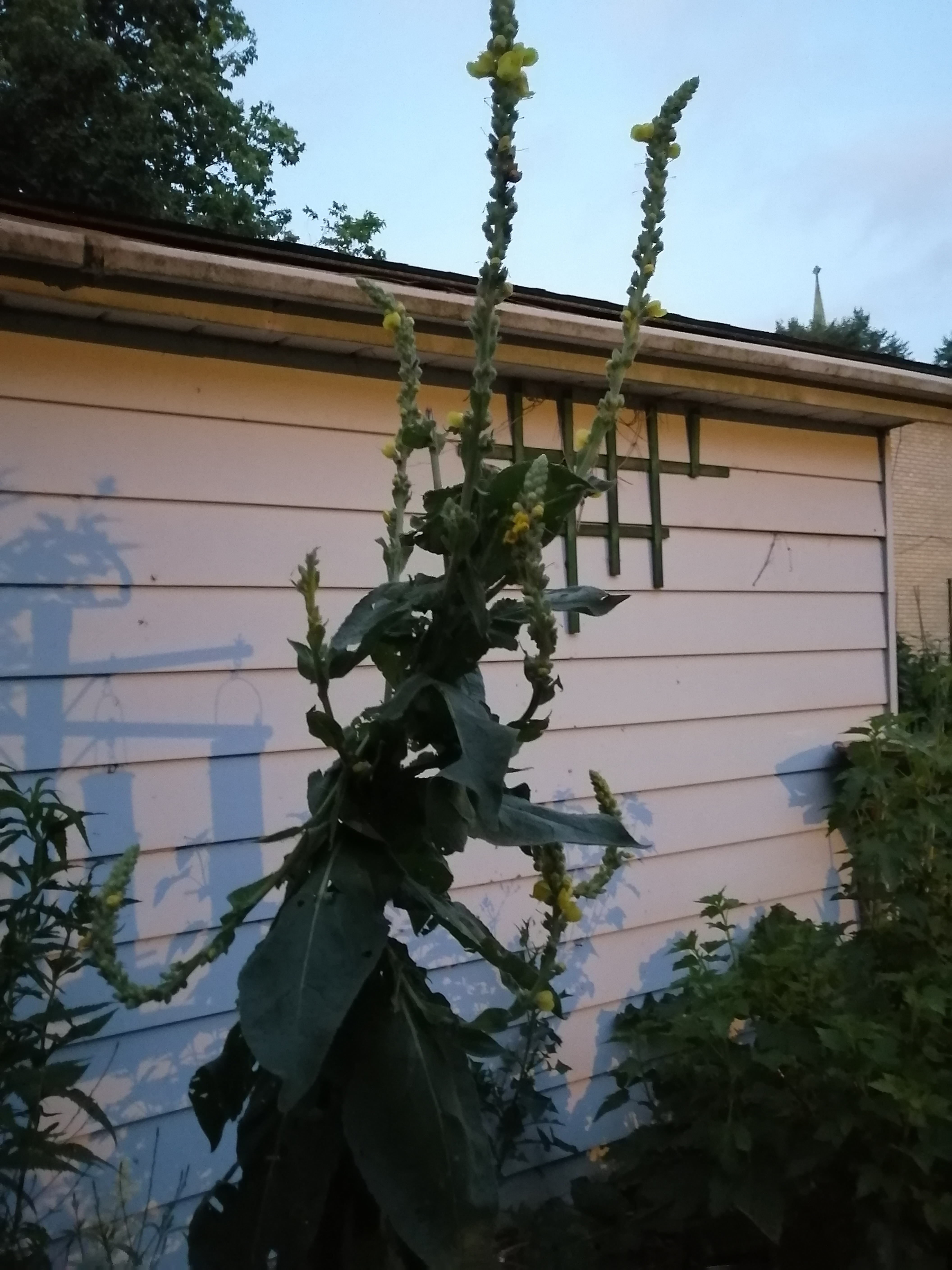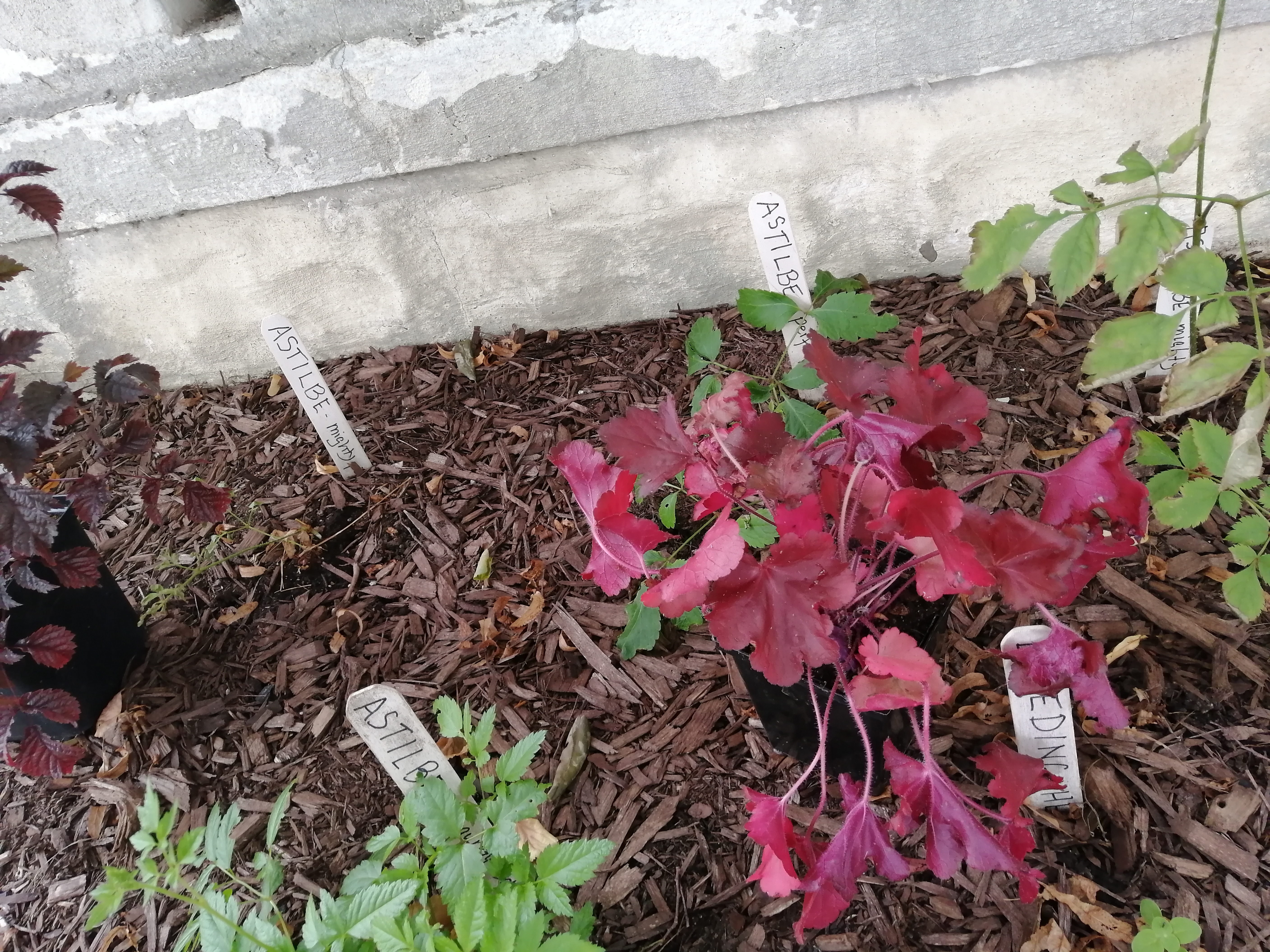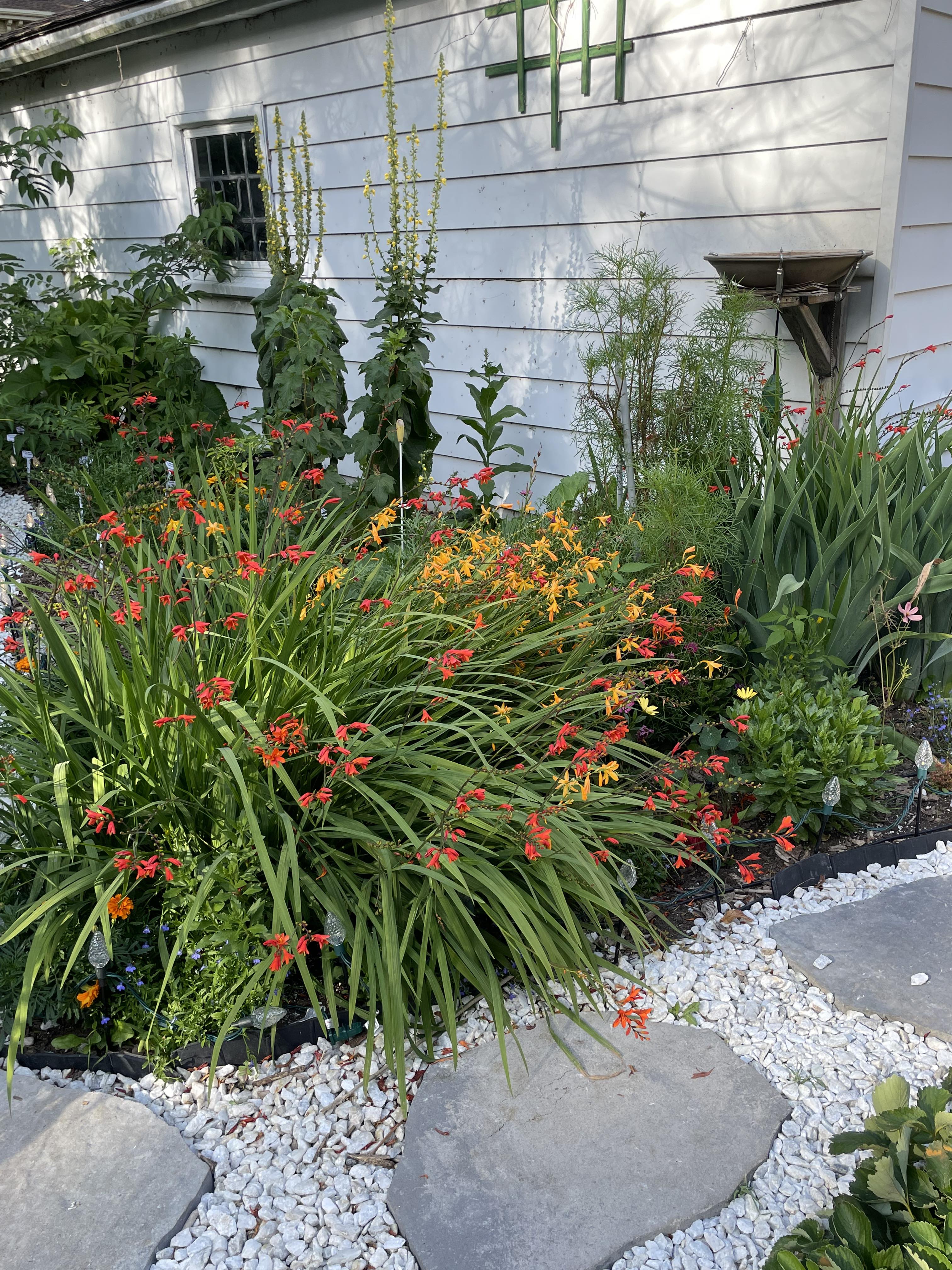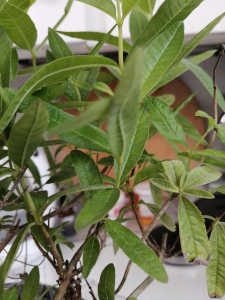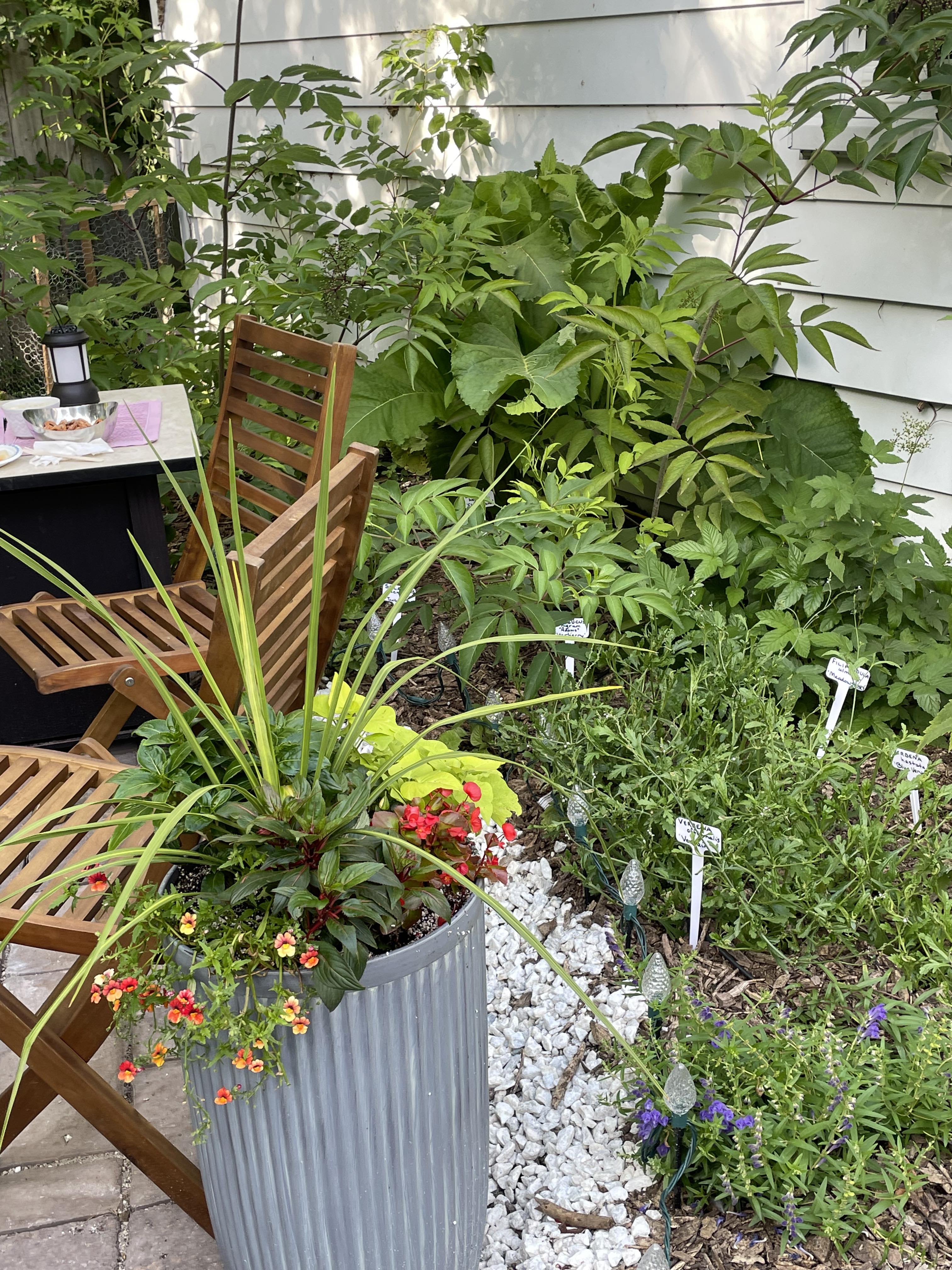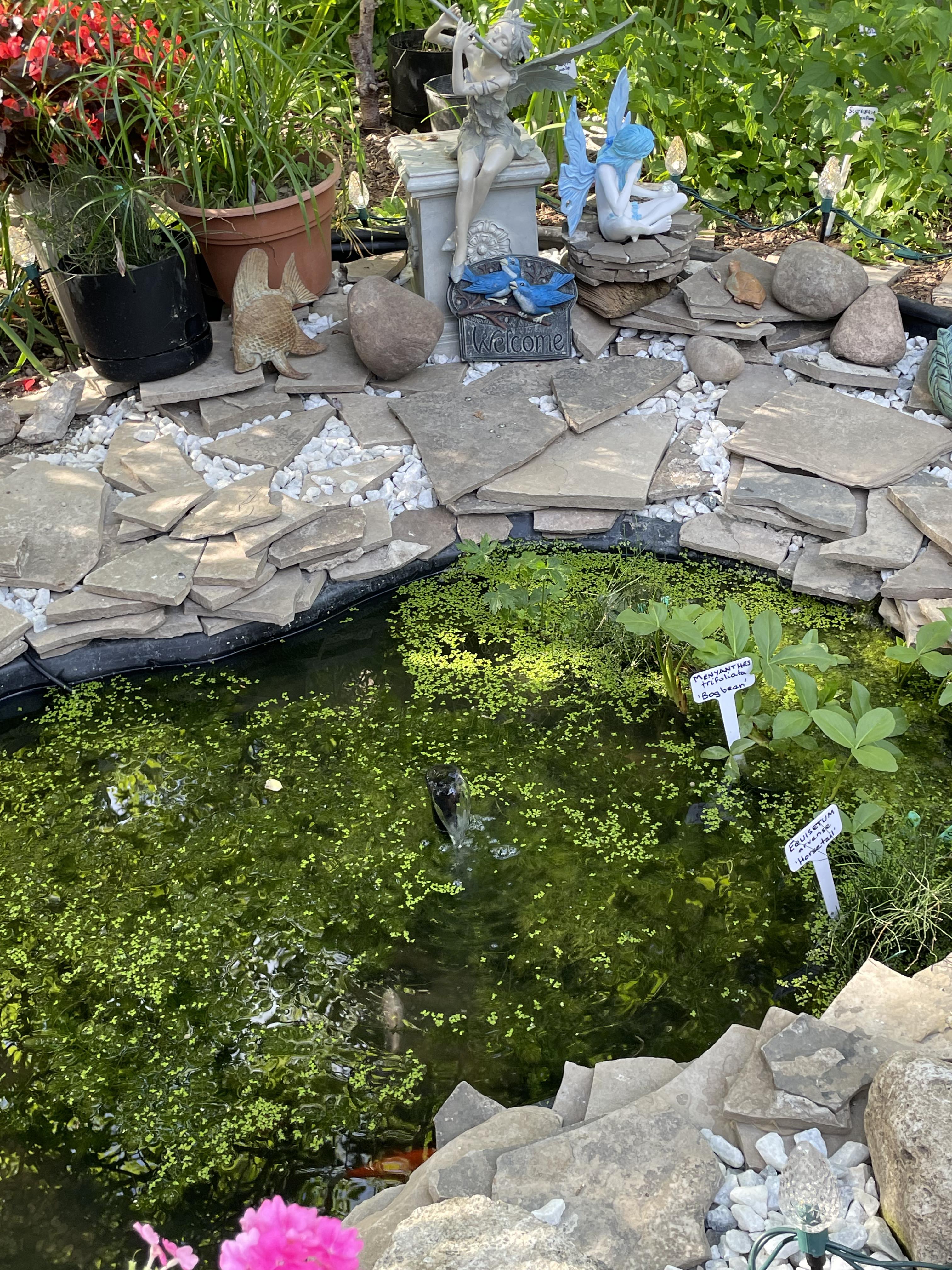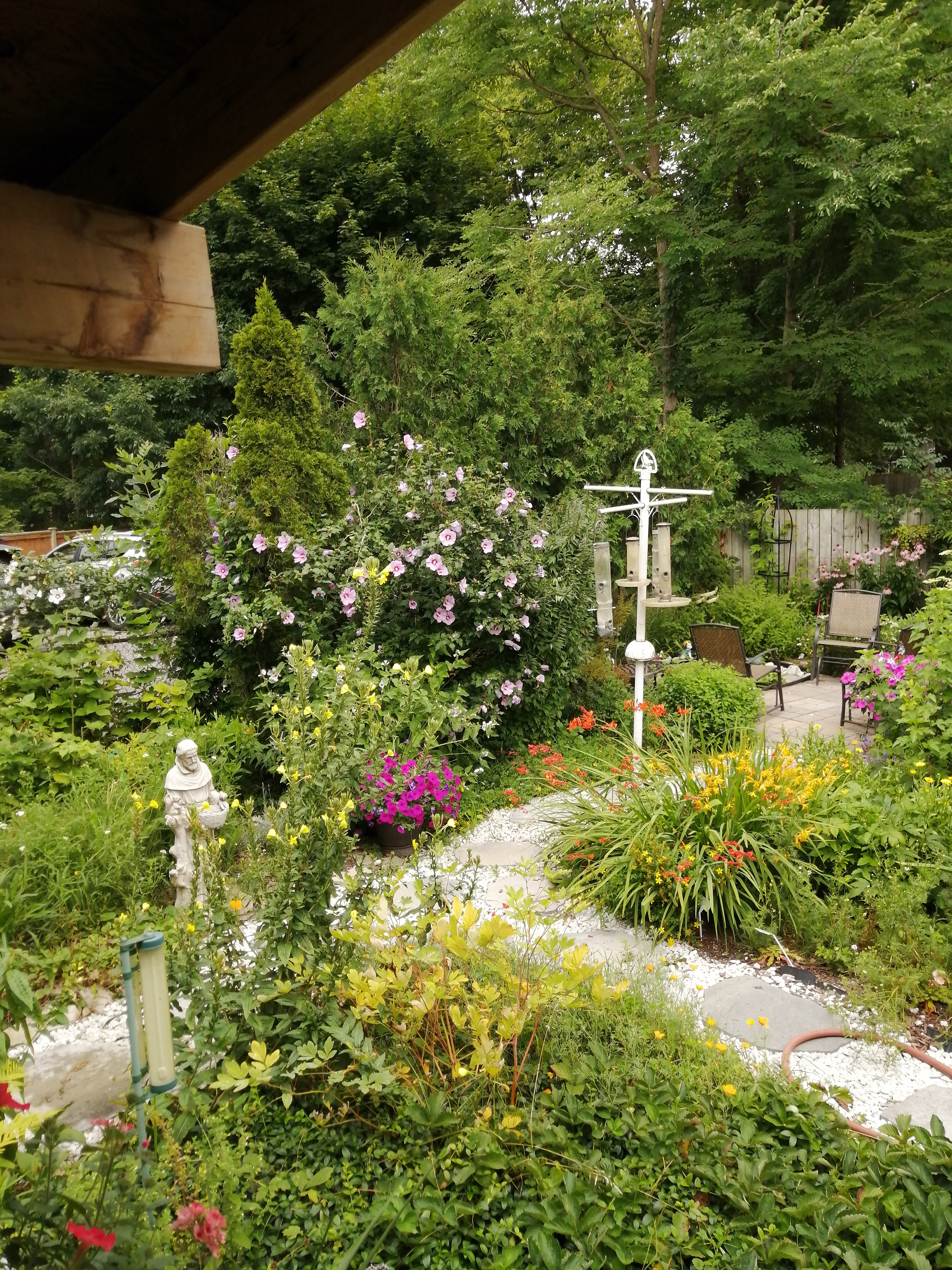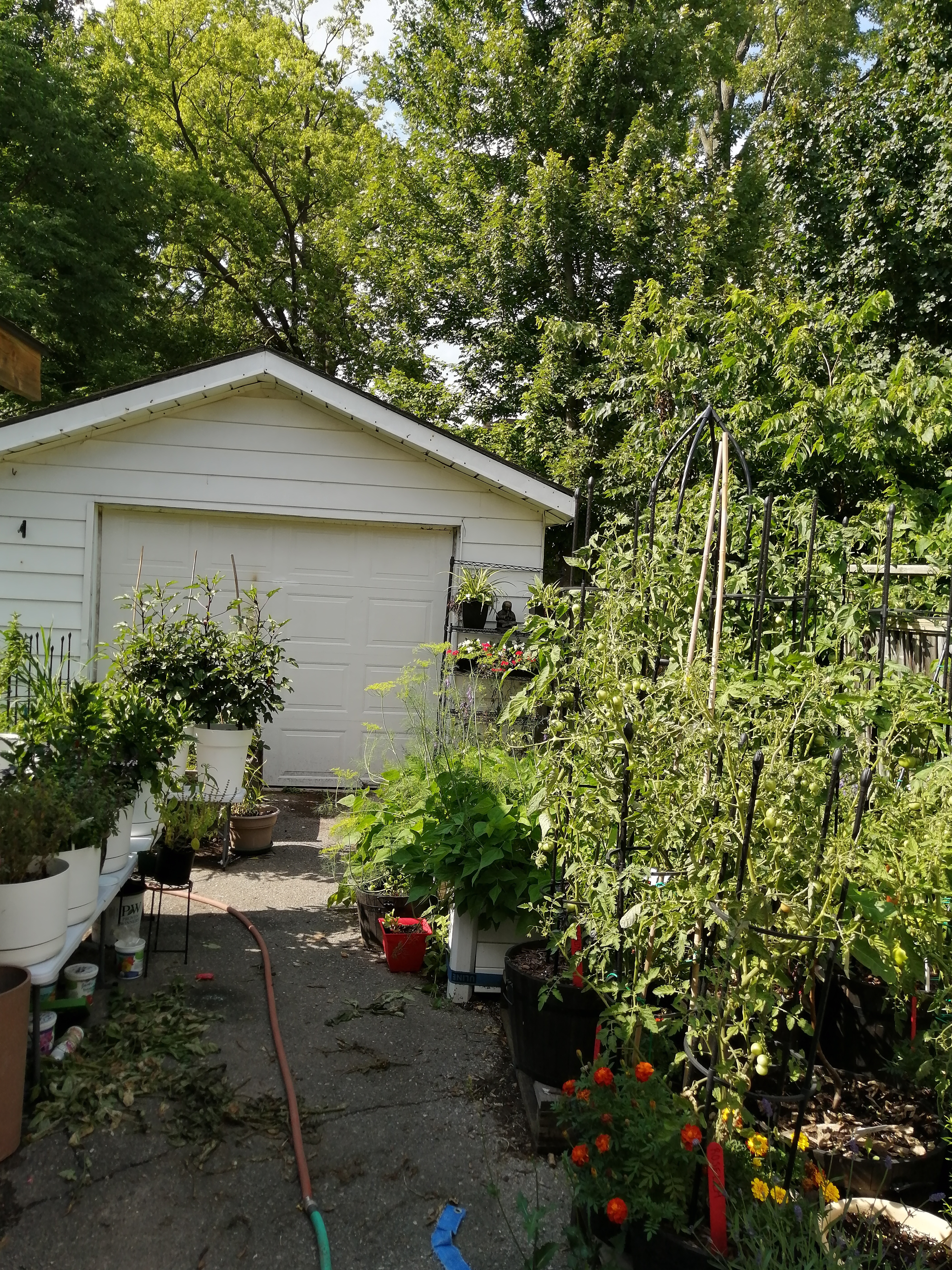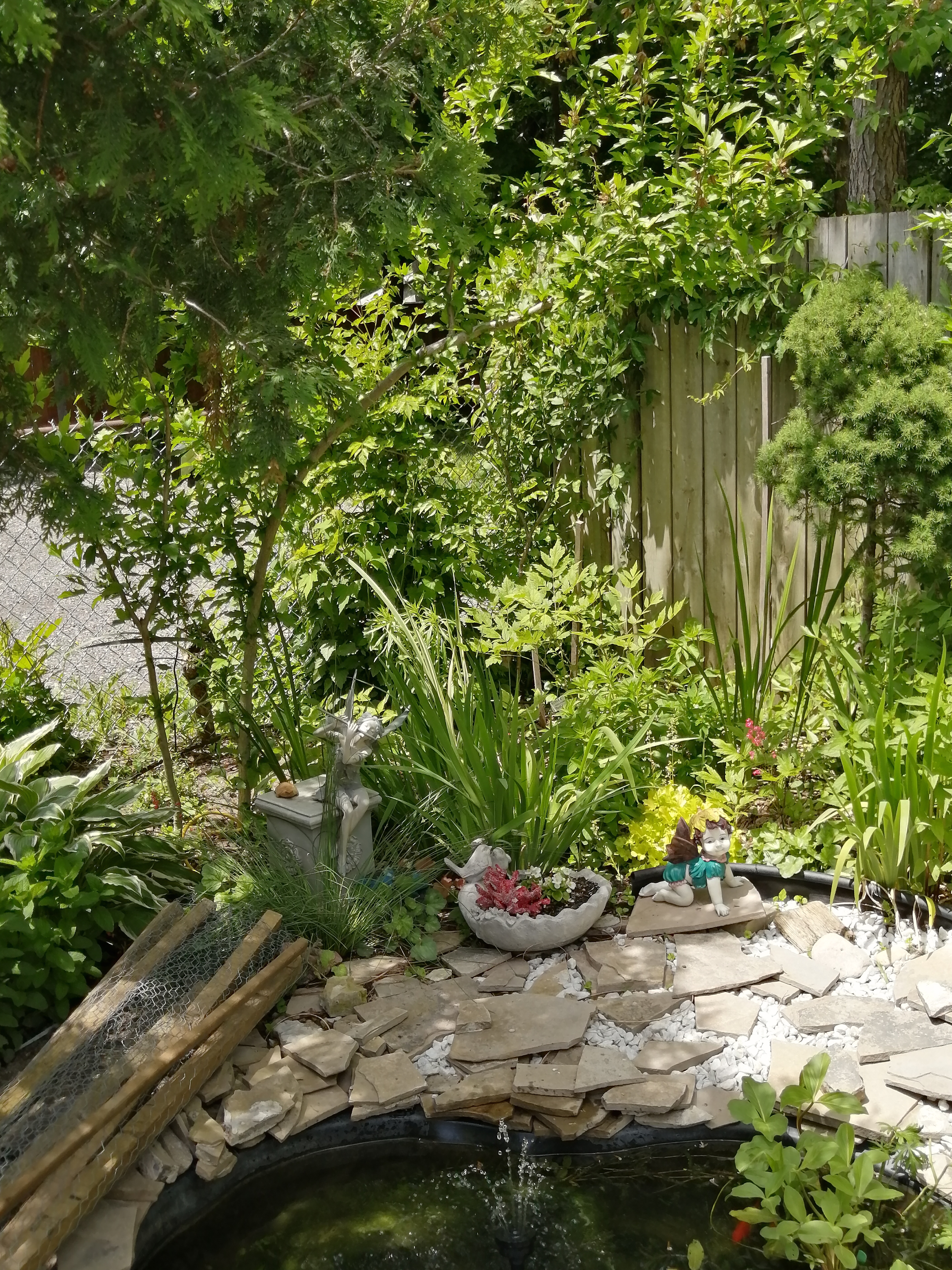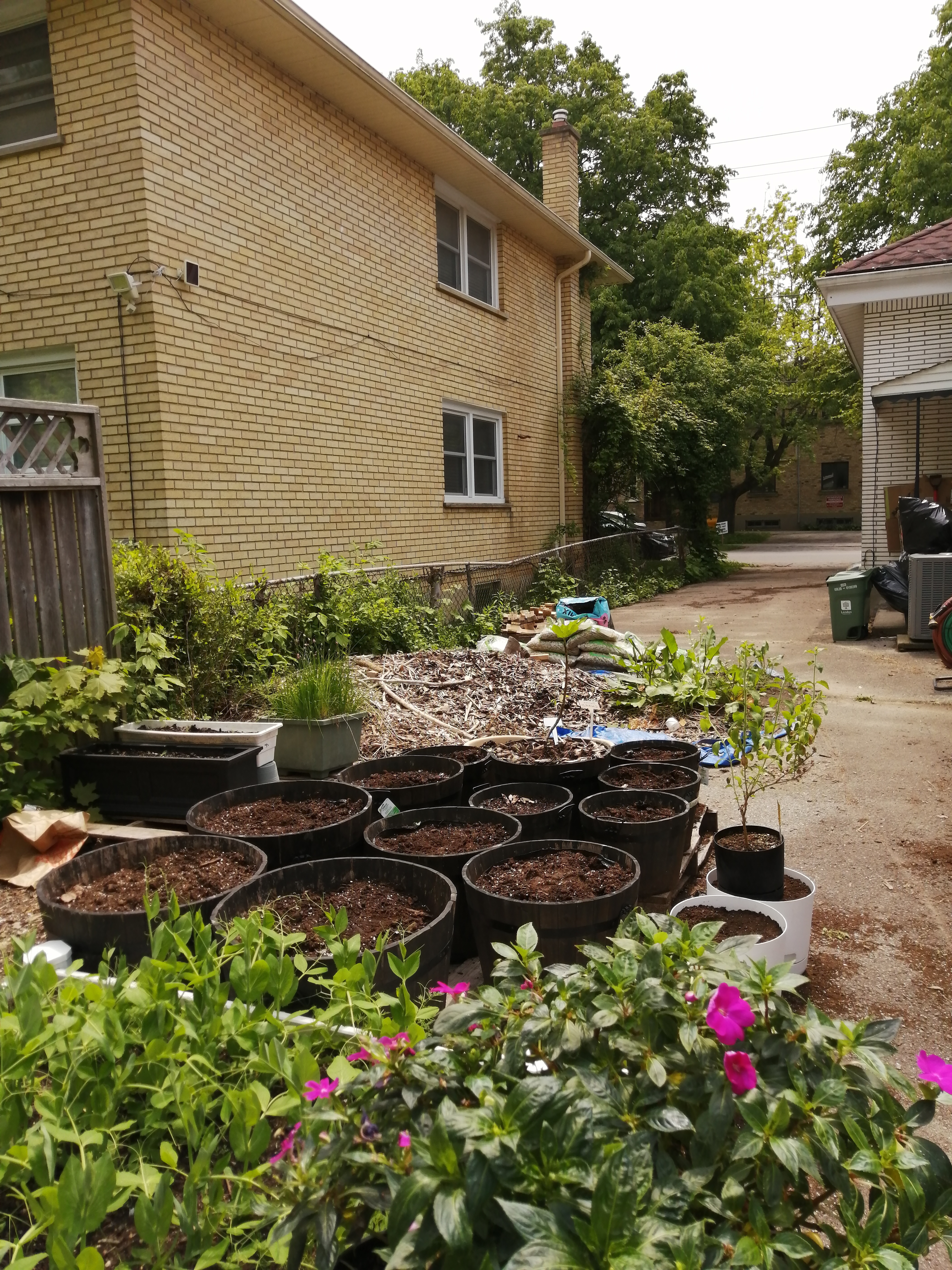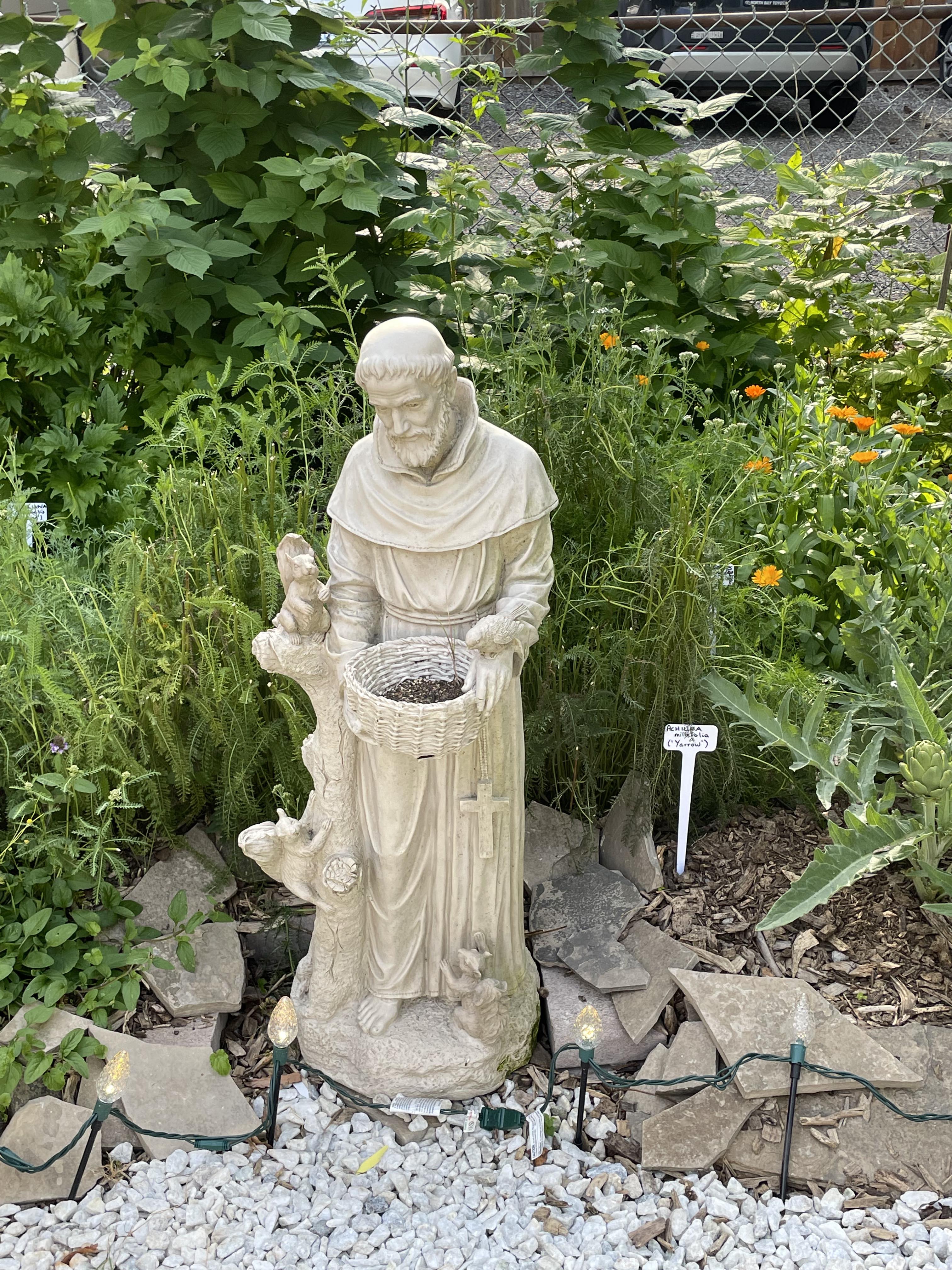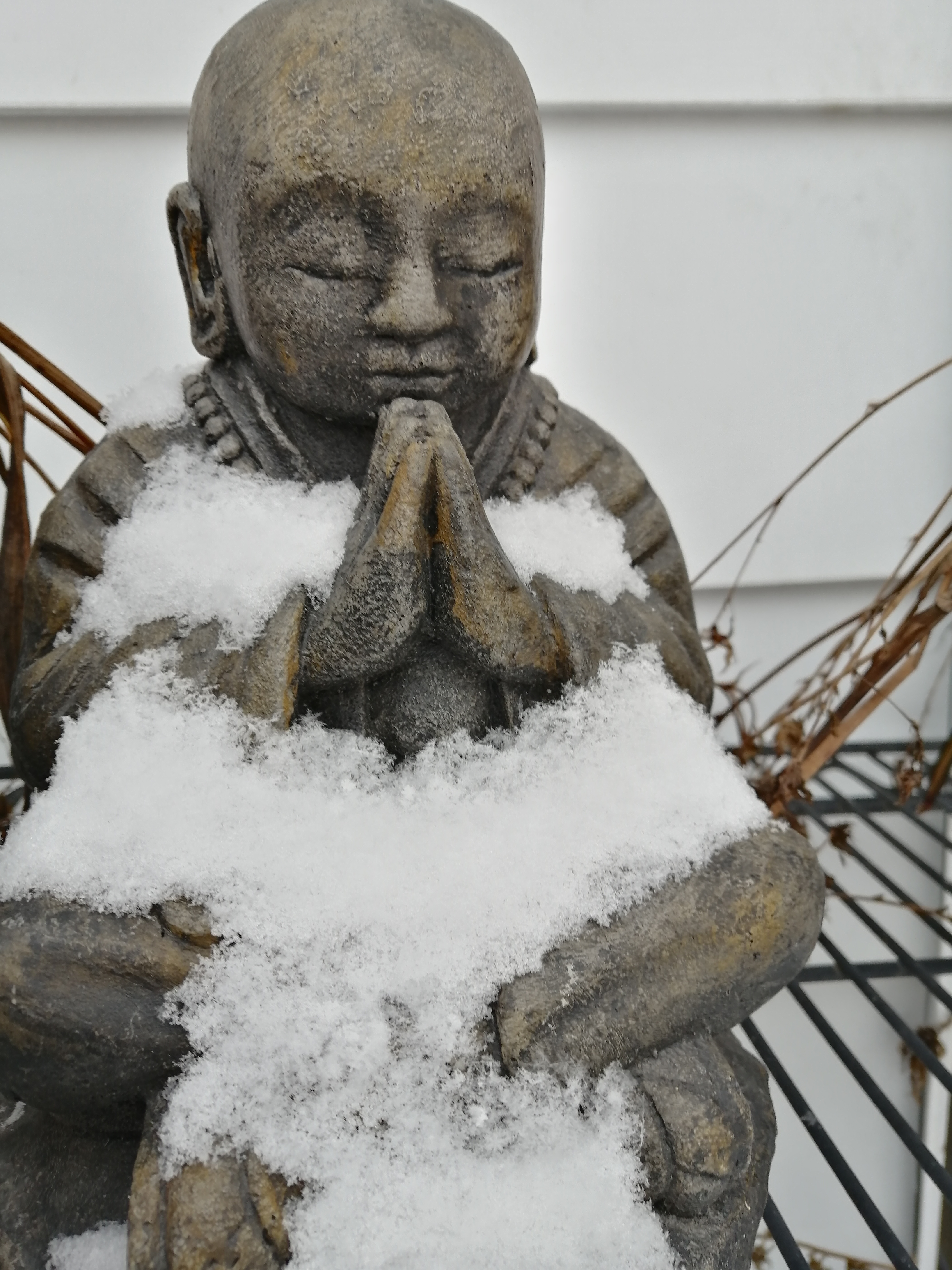HOW HERBS WORK
Herbs contain hundreds or thousands of compounds. The reason a plant contains those compounds is that they are needed for the life of that plant. It is important to remember that the needs of a plant aren’t always the same as those their herbal use in human beings. For example, chlorophyll in plants is necessary for photosynthesis (which turns the energy of sunlight into structural components such as leaves and stems, and so on.) Human beings do not photosynthesize, but if we give chlorophyll in the right quantities to humans, it seems to stop charged oxygen from interfering dangerously in certain ordinary chemical reactions. That makes chlorophyll an antioxidant. (I explain this later.) But is chlorophyll used by plants to be its own antioxidant, as well as for photosynthesis? This question has no definite answer yet.
Chemicals Unique to Certain Specific Species of Plants
For example, Milk Thistle contains silymarin, and so far we haven’t found silymarin in other plants.
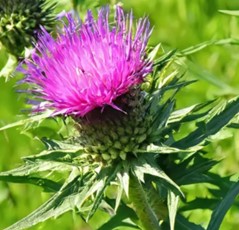
If we give Milk Thistle to people with overworked livers, their liver function improves. (If livers fail, people die, and so this unique chemical can be a life-saver.) But why does milk thistle contain a chemical that works in livers, when it doesn’t have one? The answer might be that the original Milk Thistles grew in soils that were somehow contaminated, and so those plants absorbed poisons. The Milk Thistle plants that survived this were the ones which evolution had provided with silymarin, because it helped to detoxify and eliminate the poisons. This is exactly one of the functions of the human liver. But it doesn’t at all mean that Milk Thistle made silymarin to help with the human liver.
Herbalists don’t mind. We are just happy to use it to help our clients’ liver function.
If you scroll down to the very end of this page, you will find a chart that shows many other unique chemicals derived from plants. All of the plants in the chart are used in the manufacture of drugs. A lot of these unique chemicals are what we call alkaloids.
If you scroll down to the very end of this page, you will find a chart that shows many other unique chemicals derived from plants. All of the plants in the chart are used in the manufacture of drugs. A lot of these unique chemicals are what we call alkaloids.
As English is a very open language, many herbs have come to have more than one common name. Yo avoid confusion, i use the Latin name of the herb as this name is specific to a specific plant.
Chemicals found in more than one plant species.
Besides unique chemicals, plants contain other chemicals that scientists have discovered have the same structure and actions as chemicals in the lab, and also in biological reactions throughout the human body. There are between 50,000 and 130,000 of these, and the majority fit into groups called: alkaloids, carotenoids, terpenoids, tannins, polyphenols and phenols (including those all-important flavonoids, as well as stilbenes and lignans), , and other groups that have fewer members.
The names aren’t really important, but each group’s unique structure is.
a) Plants containing phenols
For example, if a plant chemical has a structure that makes it fit into the group “Phenol”, it will react with any charged oxygen compounds in such a way that the charges will go away. This makes a phenol an antioxidant, and this matters a great deal in the human body. If a charged oxygen compound gets loose in the body, it will create more charged compounds, which make more charged compounds, and so on, until there is a serious shortage of the right noncharged compounds needed to make the body function properly Cancer can do this, but really, you don’t need a name for it. Nothing works right in the body if too many of its chemicals are charged.
And so, scientists tell herbalists that they might want to use plants that contain phenols to help humans with cancer, cardiovascular disease, aging (including problems in the eye), or Alzheimer’s, all diseases where runaway charging takes place. The herbalist tells the scientist,
“That’s great, but I use plants, not phenols.”
Joking aside, I will always go to my own knowledge and training first. From that, for symptoms of cardiovascular disease, I would supply (for example) the herb Yarrow (Achillea millefolia. However, I do feel happy for science to know that yarrow does contain phenols.
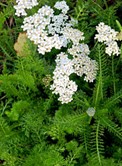
Another plant that contains phenols is Nettle (Urtica dioica), sometimes called Stinging Nettle.
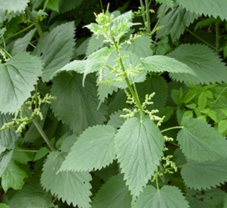
It is Nettle’s phenolic acid (another phenol) that helps it to sting. All of its parts sting, if they are alive, or even just freshly harvested. I cannot help but think this particular phenol is used in the plant to stop cattle from eating it and humans from harvesting it. I have gathered Nettle from my herb garden many times, and I always wear long sleeves and pants and gloves, but every time I am stung at least once.
The sting is fairly dramatic. It makes a bumpy red rash and burns for about a day. However, the ability to sting disappears when the plant is cooked or dried, and so makes a perfectly safe salve, Nettle tea or tincture. (Interestingly, you can also fix a nettle sting by using nettle juice.)
Nettle wouldn’t be my first choice to help with any of those diseases I mentioned just now, where charged oxygen runs rampant. I’d used it for anemia, gout, eczema, urinary problems, allergies, inflamed prostate, and certainly for kidney disease (which is still incurable by modern drugs), though. I don’t know what chemicals in nettle fit into groups that support these uses, but I know they must be there. Because nettle works.
One of my mentors, the great herbalist David Hoffman, tells his students:
“When in doubt, use nettle.”
a) Plants containing Tannins
Tannins are contained in most plants because they help create strong stems, but if a plant has more tannins than usual, it acts like an astringent. The scientists tell us that. But you don’t always need science, because if you taste such a plant, it will make your tongue go fuzzy and quite dry. It is the same feeling you get when you bite into a green banana. Whether herbalists knew the herbs that were useful for drying up excess fluids in the body before they knew the tongue test, we’ll never know, but it’s fine either way. There are quite a number of systems in the body where excess fluid causes problems. One is the digestive system, where diarrhoea from food poisoning can sometimes hang on long after it’s finished getting rid of the nasty food. There are a lot of good herbs for diarrhoea, but my favourite is bayberry, Myrica cerifera; which stops the diarrhoea of dysentery and even of cholera, which can kill, if not stopped.
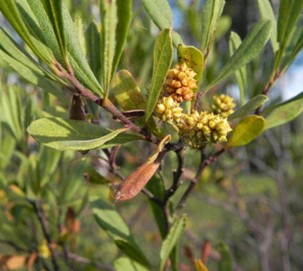
It is important not just to use astringent herbs for diarrhoea, however. Drink lots, to recover the fluid you’ve lost. And the bowels (both upper and lower) need soothing after all the uproar (chamomile, calendula, filipendula, or althea leaf tea), and it doesn’t hurt to take antibiotic herbs (garlic, Andrographis, many others), just in case. Bacteria are not able to establish immunity to herbal antibiotics in the same way that they regularly do to antibiotic drugs, so it really never hurts to take antibiotic herbs! And peppermint or ginger are also helpful to calm down any nausea.
Another place I am often called upon to use astringents is the veins, especially the veins of the lower body. But here astringents don’t dry up excess fluids as much as they tighten and tone the vein walls. Gravity is no friend to lower body veins, which are trying to move blood all the way from the feet to the heart. For a few reasons, including partial failure of the one-way valves inside the veins, the veins get overly full of the blood they cannot move along. This stretches them out, so that they lose elasticity and tone. Sometimes you’ll see them near the skin, blue/black and broken, or thick and ropy looking. We call them varicose veins.
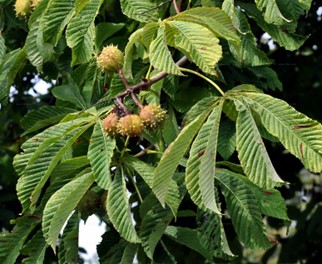
Probably the best astringent for this is Horse Chestnut (Aesculus hippocampanum) because it is not just an astringent, but also it contains one of those unique phytochemicals that it turns out actually mends holes in the valves of the legs. But I didn’t know that before science told me.
The herbalist Kat Maier tells the gripping story of a young boy who somehow got a needle stuck in his ankle. It was drawn all the way into the flesh, and was impinging dangerously on the nerves. Surgery was scheduled. Before it could come to pass, however, Kat and the boy’s mother bathed the wound all day and night with Plantain tea (Plantago major) – yes that old garden weed! You see, Kat knew the herbalist uses of plantain, and it included the ability to draw things out of wounds.
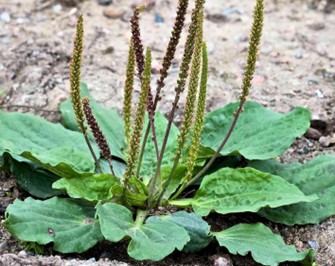
I myself might have used it for a hornet’s stinger or something of that magnitude. But Kat had faith. After 24 hours, her faith was justified. The needle came out of the wound by itself and fell clanging into the basin! I wish I’d seen it. I suppose you might be able to explain how astringency might be linked to the drawing out of a needle. I just can’t imagine how.
c) Plants containing Coumarins
Coumarins are another kind of biologically active phytochemical that occur in some plants but not others. What the plant needs them for is not entirely understood, though botanists and other phytochemists tell us that some of them at least are used for communication. The smell that comes out of new-mown grass, a kind of coumarin, is pleasant to us. To grasses that haven’t been cut yet, however, it is said to be a warning from the injured ones to prepare their defenses. (There is little a grass can do against a lawn mower, we know, but the same kind of warning would have been given if a wandering cow were eating them. Perhaps the coumarins give a head start to the immune systems of the uncut plants.) It is also possible that the sweet odor is in itself a kind of chemical irritant to the normal predators of plants.
Plants with a lot of coumarins include the Tonka bean (the plant from which the pharmaceutical industry created the blood thinning drug Warfarin) and liquorice (Glycyrrhiza glabra), an important herb that helps many conditions that humans suffer from, such as inflammation, gastritis, stress disorders, and erratic immune function.
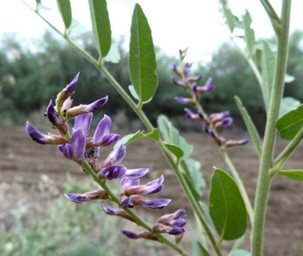
Coumarins are quite safe for most people, but I would think twice before including them in any of my herbal formulas for a client who is taking a blood thinning drug, or who is on drugs for diabetes, because coumarins in herbs also thin the blood and lower blood sugar, and I don’t want to risk these actions being too strong for the client. I would cheerfully add a plant containing coumarin to a formula for someone with high blood pressure, since it helps to lower it, but would not give it to someone whose blood pressure is already too low.
d) Plants containing more than one kind of phytochemical
This is the rule with plants, rather than the exception. To finish with this part of “How Herbs Work” I thought I’d use as an example here the plant Garlic, Allium sativum. Garlic is said to be one of the 20 most important plants in the world, because of its wide consumption and its many herbal abilities.

Garlic contains phenols (as antioxidants and anti-inflammatories), terpenoids (anti-tumor, anti-inflammatory, antibacterial), sulfur-containing compounds (strongly antibiotic), and vitamins and minerals. All of those abilities (supported now by science) cause it to be a powerhouse as an herb. Garlic (along with the other major allium, onion) is said to be one of the reasons anyone survived the Black Death in northern Europe. Look at what it does in the human body!
- - kills bacteria
- - fights cancer
- - makes viruses less capable of harm
- - kills fungi
- - kills parasites
- - Antioxidant
- - keeps the immune system working optimally
- - reduces inflammation
- - reduces high blood sugar
- - reduces the amount of “bad cholesterol”
- - protective of the liver- and the kidneys
- - reduces cardiovascular diseases
- - protects nerves
- - brings down high blood pressure
- - helps chemicals move through the dermis of the skin (inside the body as well as outside), a process necessary to every aspect of life.
It is no lie to say that phytochemicals such as tannins, coumarins, phenols, turpenoids,(and all the others) are a major reason that human beings were able to survive the many difficult challenges of the last several thousand years.
But really, it was two things. It was the power of life to heal itself. And, of course, it was the herbalists.
Why don’t today’s doctors seem to approve of herbs for their patients?
Here are some answers to that question.
- • First, not all doctors disapprove of herbs. Some work willingly with herbalists. Those doctors know the value of both drugs and herbs. Drugs try to stop the client’s ailment by attacking the ailment directly. Herbs try to stop the client’s ailment by strengthening the body’s innate defenses. Together, they are better.
- • Most doctors have no idea that anything useful can come from herbs. If they knew the number of prescription drugs that are basically a single chemical from a plant (modified so that the company can sell it), the situation would be different. Here are just a few examples:
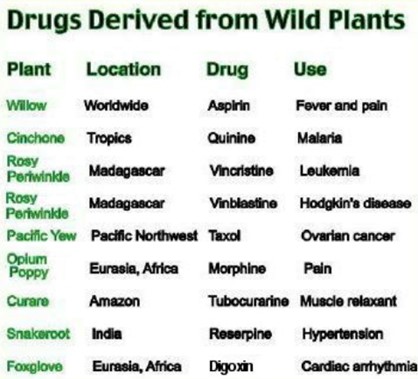 If you scroll down, you will find a chart showing many more plants that are used to make prescription drugs. That huge chart is still not comprehensive.
If you scroll down, you will find a chart showing many more plants that are used to make prescription drugs. That huge chart is still not comprehensive. - • Doctors really don’t like it when their patients take herbs without telling them, and it makes their reaction to herbs in general even more negative. I understand that, because I don’t like it either. I had one diabetic client who came to me because his A1C (a three-month blood sugar test) had been above 8 for a long time and his doctor was saying he had to go on a new and stronger drug. He was the proper weight and living healthily, he was concerned about the potential side effects of the new drug, and wondered if herbs could help. After three months on a decent herbal formula his his A1C tested at 6.8, well within the right range. His doctor was astonished. “What have you been doing differently?” he asked my client Sadly, my client made something up. I asked him why, and here’s what the poor guy said:
I didn’t want to look stupid.
Doctors need to be told when you are on herbs because they need to see how useful herbs can be. We can only convince them one example at a time. But that isn’t why the doctors want to be told. Someone needs to know every single chemical substance you regularly put into your body in case anything gives you an interaction or overdose. This is far more likely to happen with a drug than an herb, but still, someone does need to know. Best if it’s the doctor, because that’s who would have to deal with it. You should also be honest about alcohol, cigarettes and street drugs. (I want to know the truth about these, too. I promise I don’t judge.) - • When a doctor doesn’t use a particular treatment for patients, it’s hard to appreciate it. This is as true of herbs as any other “alternative” medicine. There aren’t many opportunities for doctors to look to herbs in their own work because from the moment they walk into medical school they are immersed in the world of pharmaceutical medication. Still, one patient, frequently seen, exists who cannot be helped with prescription drugs. That person has the “common cold.” Medical schools should teach doctors that such patients don’t need to be sent away with no help at all, or worse, telling them to buy painkillers or other OTC things at the drugstore. Doctors have a duty to treat the sick, and so medical schools should teach the following lovely, safe treatment. Make a cup of tea from 1-2 tsp sage (or thyme, or rosemary), which you’ll find right in the kitchen cupboard. Take it three times a day until you’re better. Safe, free, effective. What possible reason could there be not to teach budding doctors to recommend it?
- • Some doctors say herbalism is dangerous because a purchased bag of herbs might contain adulterants, and there is no regulation of imported herbs to verify that it is what it’s supposed to be. Most herbalists who don’t have their own herb gardens use organic herbs, which are regulated. Simply being told this might make a difference to doctors’ negative opinions. This is where a patient might take a role.
- • In medical school doctors are taught about interactions, or problemcamomile s that can occur when two drugs are taken at the same time. This is usually the only time herbs might come up in medical school. If they do, the example of the herb St John’s Wort (Hypericum perforatum) will be given.
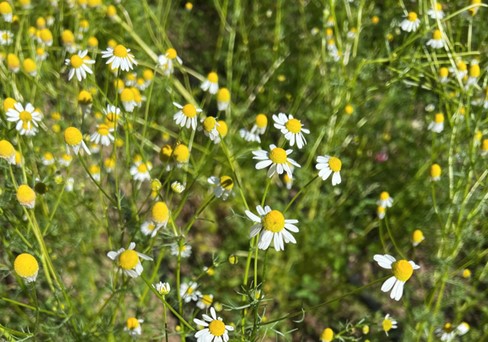
Hypericum perforatum
St John’s Wort has helped countless people with nerve pain or persistent unhappiness for a thousand years with few or no side effects. But when St John’s Wort is taken at the same time as certain kinds of antidepressant drugs called SSRIs (e.g. Zoloft, Prozac, Paxil) or SNRI’s (e.g Duloxetine, Cymbalta, Venlafaxine, Levo milnacipran), the length of time the pharmaceutical is in the system increases. This can lead to dosage problems. A few other prescription medications also are problematic if they are taken with herbs. This is one reason doctors might not like the idea of herbs, because of that mostly forgotten class on interactions. If they know there are problems but can’t remember exactly which medications are dangerous when the patient is on herbs, that would be understandable. Rest assured that your herbalist knows how to check for interactions and won’t use the applicable herbs if the client is taking those drugs. (It’s one of the reasons the herbalist asks for a printout from your pharmacist showing all your prescription drugs and their dosages.) - • Drug companies make a lot of money. In 2018 alone in just the United States, the pharmaceutical industry brought in $335,000,000,000. With so much consumer money at stake, the goal for drug manufacturers is to keep things that way forever. Pharmaceutical companies have infiltrated medical schools: from supplying gifts to students to the example of the drug company Purdue Pharma actually writing its own medical school textbook and offering it to medical schools such as the one at the University of Toronto. U of T accepted the texts and then gave them to their students. (!) Pharmaceutical companies even do ghostwriting, with faculty members of medical schools signing on as authors of studies conducted and written by pharmaceutical companies. After reading dozens of articles like “Ethical issues of medical schools and their academic departments accepting gifts from pharma”, in the academic journal Clinics in Dermatology, Volume 42, Issue 6, November–December 2024, I thought it was hardly any wonder that young doctors think only of pharmaceuticals when they think of treatment. And once the students graduate, they go to conferences sponsored by pharmaceutical companies and hear lectures where pharmaceuticals are featured. Their inboxes are constantly bombarded with drug advertisements. It’s been estimated in several studies that drug companies spend up to 19 times as much on promotion as they do on research. Clearly money is one of the real reasons behind the way doctors believe only prescription drugs can heal people. *However, interest in herbs is growing. The world is spending more and more on herbs, 2-3 billion dollars more each year than the year before (in 2018 dollars) ever since 2018. This kind of growth must surely have the pharmaceutical companies paying attention. We can expect to see even more of a push to regulate the herbal industry to make herbs less accessible and more costly, and a lot more misinformation about the safety and treatment value of herbs in the coming years.
To Sum Up:
Pharmaceutical medications (so far) are single manmade compounds invented to be adversaries to the cause or effects of a problem in the body that I’ll call disease. A single compound may be a huge molecule, but it is only one kind of chemical. It is invented for a single purpose. That purpose can be anything from killing bacteria to reducing nerve inflammation, but each prescription drug is invented to do exactly that one thing and no more. Thus, if a person has many symptoms and their cause isn’t known or can’t yet be eradicated by a drug, there will need to be a drug for each symptom. The human body often habituates itself to drugs at one dose and so needs an increased dosage or a change to a new drug. Doctors often think it beneficial to keep a patient on a particular drug even if the patient has habituated to it at its maximum safe dose. When this happens, or when a disease changes its area or method of attack, the patient can end up taking large numbers of different kinds of drugs. Each dose of each different drug must be detoxified in the liver, and this process can cause the liver’s other functions to be delayed, adding new symptoms. There are also predictable side effects, but not everyone experiences the side effects. Drugs do what they do regardless of the state of the body they are used in, which means that sicker bodies are more apt to react badly to them. They are quicker to heal than herbs are. Drugs can provide stronger pain management than legal herbs can, but because of recent scandals over addiction, that advantage over herbs is experienced less and less often. Because most drugs are quite new and the process of vetting them is not always reliable, they could have long-term consequences we don’t know about. Drugs can be quite a lot quicker than herbs in managing health problems whose causes are straightforward (e.g. bacteria). Drugs are only marginally helpful when a disease makes use of the body’s own processes (e.g inflammation). By choice I would take drugs for an acute illness whose cause had a good chance of being eradicated by the drug, especially if I were completely well beforehand; OR if I had an accident or surgery and needed painkillers; OR if I had symptoms that I knew the drug managed better than herbs, OR if it were life-or-death. I would probably not take drugs if I had a compromised liver or other serious health problem that the drugs would exacerbate.
Herbs are not manmade. They are invented by life itself for life’s own purposes. A single leaf can contain thousands of biologically active chemicals, all of which have been used by the plant to maintain its homeostasis (balance) and its life. These chemicals are very similar to the chemicals in the human body, and so can aid any part of the body needing them. Additionally, scientists have established that there are common structures to the plant chemicals (phenols, and so on) that put them into classes whose functional abilities are known. This can be linked to the traditional use of plants as being “anti-inflammatory” “astringent,” “antibacterial”, “anticholesteremic” and so on. Such information is helpful, but is not primary to an herbalist’s choices of herbs for the specific symptoms the sick person has. Mostly, the herbalist uses the wide experience of healers recorded over as long as 3000 years and put together to make bodies of herbal knowledge that generally agree with one another all over the world. There are enough of these kinds of chemicals in a small number of carefully chosen herbs to help manage all the symptoms of an illness Unlike drugs, which are always adversarial to a symptom or a cause of a disease, herbs have a number of ways to influence unwellness or disease. They can attack the symptom or its cause directly, or they can bolster what is still strong in the body in ways that help what is not strong. For chronic symptoms this is vital. As well, herbs can open blockages to allow the free flow of material and energy, encouraging whole body healing, or close down places where fluids and important chemicals are being lost too easily. They can stimulate action or calm overactivity, warm tissues or cool them down, encourage the immune system or help it return to a steady state, and they can restart processes that have stalled. For all these reasons, herbalism is more successful than drugs at managing symptoms whose causes are unknown or where they are caused by more than one thing or by the interaction of different problems. The goal of the herbalist is to help the body return to a steady state, and on the way to that, to help manage symptoms easefully. Herbs are gentler than drugs, and so they can be unsatisfying if those symptoms are extreme (acute). They take longer to do their work than drugs do. The body that is left at the end of an herbal intervention is stronger and more balanced than the one drugs leave behind. Safety of herbs is established by centuries of use in large populations. I would always take herbs if I knew they would help. I would take them with drugs, if necessary, or by themselves if that seemed better. I can see no practical downside to herbs.
